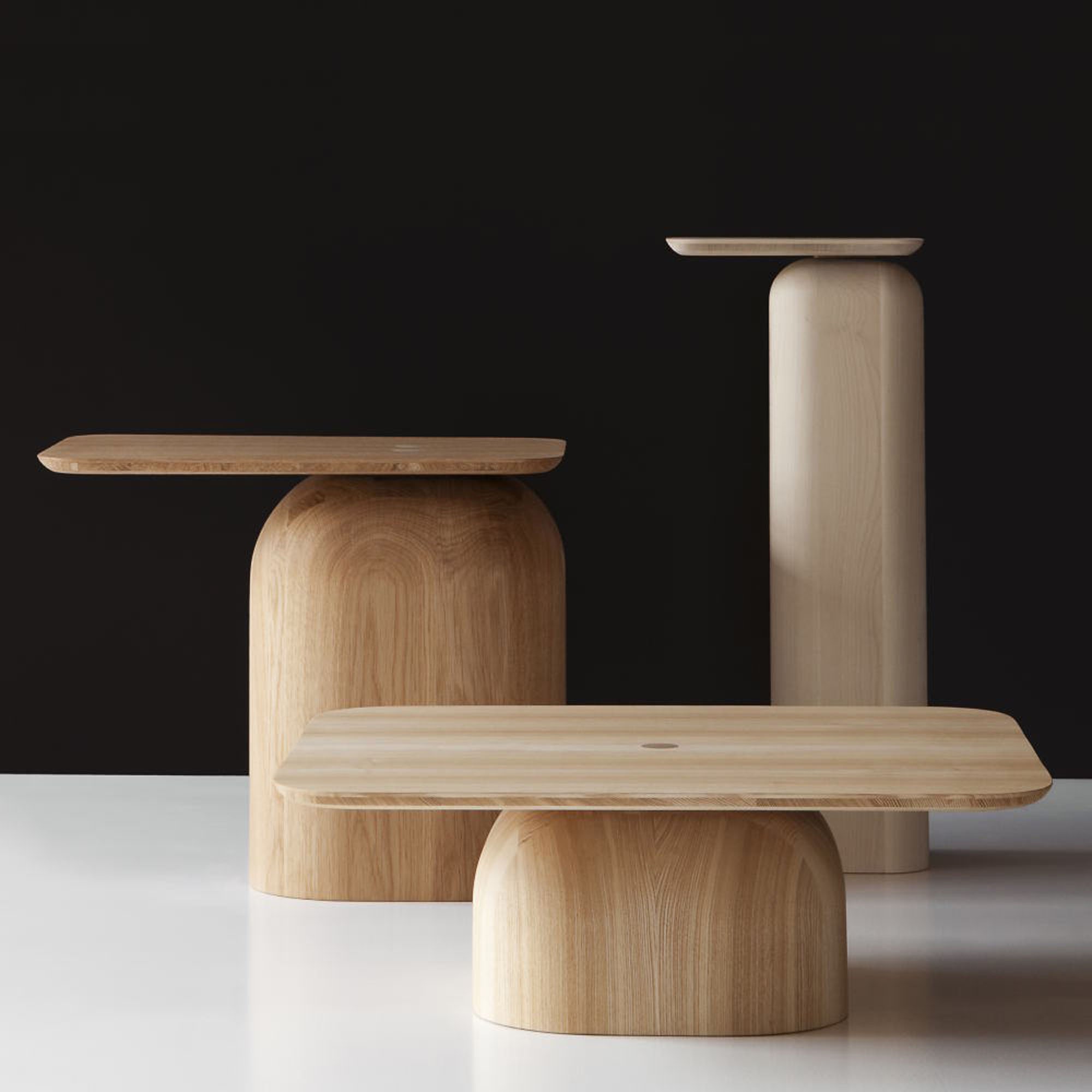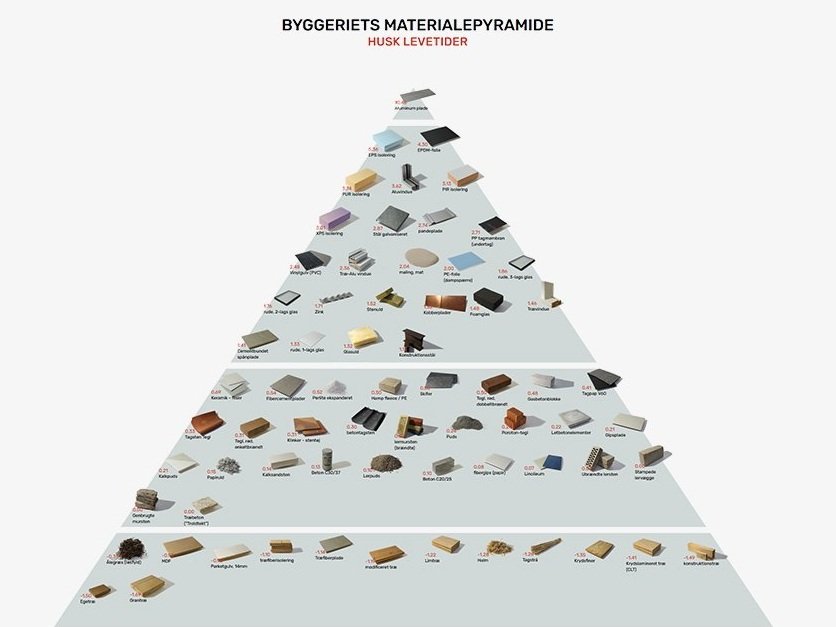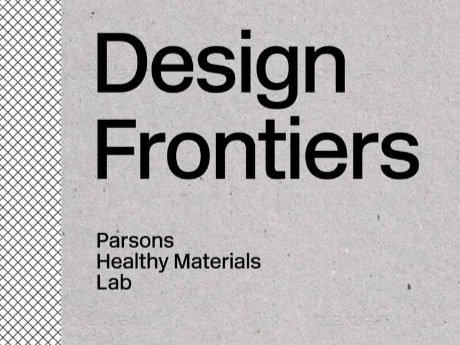GREEN MESS
Material choice
Green materials and products – masses of them out there, but how do we assess exactly how sustainable anything is? There are myriad schemes, labels and means of accreditation, great variation between and within countries, huge scope for monetising the sustainability supply chain and the larger the organisation the more obscure the details.
A quick guide:
1 SEEK OUT SMALL PRODUCERS
Like Foresso who make a timber terrazzo sheet – locally sourced, using 85% recycled material, inherently durable and can be ground down to start again at the end of its use. A business with clear sight over their whole operation, making all decisions based on environmental consideration resulting in clear sustainable credentials. More info on timber types, fabrication, use and disposal on The Wood Guide.
2 LOOK FOR THE DETAIL BEHIND THE CLAIM
Dodds&Shute are dedicated to sourcing responsibly-produced furniture, a mission backed by a serious supply chain audit, sustainability report and a very clear website with product ranked according to environmental performance. Extremely helpful partners in any project involving sourcing and specifying furniture.
Lino is an old favourite, a relatively natural material considering its useful properties, with room for improvement. Good reporting on the Forbo Nairn site, and clear direction of travel on the question of full circularity for a product installed with adhesive. Good to see the situation honestly set out: I much prefer to see the challenges examined rather than read unsubstantiated claims of perfection.
Modus is another good website to look at. Under their sustainability section they have a clear strategy, a detailed annual impact report and info on repair which is useful for understanding what they are up to, and also a good example; if you don’t find this level of detail elsewhere maybe question how deep the commitment to healthy methods and outcomes is.
One caveat: this kind of reporting is not practicable or affordable for all, particularly small and start-up producers, and there are other ways of examining the detail. Mark, who have very good info in addition to this, posted an image recently showing their modular foam-free sofa Flow chopped in half, so you can see exactly how it’s made, and how easily it can be taken apart to reclaim component parts – simple, legible, effective, sometimes the evidence of our own eyes is as valuable as a mass of data.
3 TAP INTO SHARED INFORMATION
Haworth Tompkins in collaboration with co-signatories of Architecture Declares have published an open-access sustainable materials database, a generous move that is really useful for smaller practices and non-designers, and makes absolute sense – we don't have time for competition. Check their regenerative design page for information, research and project examples.
A couple more useful tools: the Construction Materials Pyramid allows comparison of materials across a range of measures, and the Parsons New Schools Healthy Materials Lab has a wealth of learning resources.
4 KEEP ASKING QUESTIONS
The more we find out about the subject the more we can demand from and challenge suppliers. Looking at a particular flooring material that trumpets its sustainable credentials I could not find any info on ways of installing without using adhesive, therefore no easy way of removing, and no detail on re-use or recycling even if it could be lifted without damage. After much back and forth this company told me they are looking into installing with a tacifier, and considering a take-back scheme. One question will not change anything, but a lot of questions might.
And keep an eye on the jargon: regenerative design and material passports might be on everyone’s lips today, it will be something else tomorrow. If you don’t know what it is ask that question, notice what seems to be hanging arround and find out why that is.
5 LOOK AT THE BIG PICTURE










